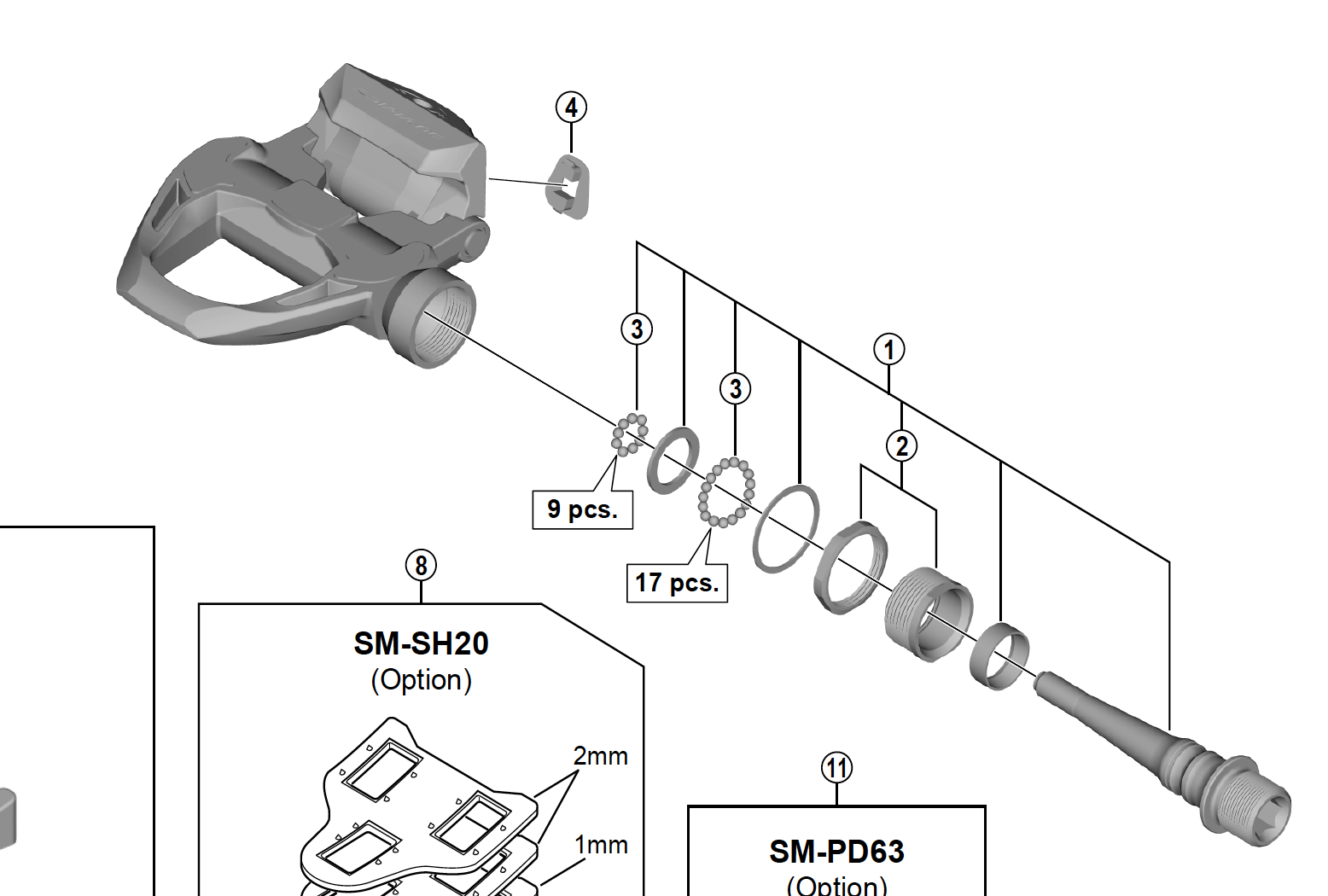There does seem to be an upside down U-curve of spinniness on pedals with the horizontal axis being price and the vertical axle being how many rotations it makes when spun by hand.

Cheap pedals are genuinely horrible. They just have a sleeve bearing, bushing, or single set of ball bearings. Tolerances are atrocious because they were made by drunken lemurs, who also lubed them using the grease that was at the bottom of the bilge pump of the last freighter into their god forsaken port.
Mid-grade pedals use a one or two sets of sealed cartridge ball bearings. These are cheap and easy to place. They might use a light grease and are low in unloaded friction, so this accounts for the spinniness of mid-grade pedals. You can't really maintain or adjust them.
High-grade Cartridge bearings are good for unloaded friction but are limited under load. They also can't be adjusted, maintained, or re-greased. Higher end pedals use a combination of adjustable cup-and-cone, needle (roller) bearings, and/or sometimes multiple/heavier duty cartridge bearings. Cup-and-cones are adjustable and maintainable, and avoiding cartridge bearings saves weight because you don't need the bearing retainer -- also cup-and-cones can feel heavier than cartridges when unloaded but lighten under pressure. Needle-bearings can support MUCH more weight than ball-bearings. Grease intended for heavier duty seems thicker under low-load but lightens up when loaded. Finally, because higher-end pedals are lighter, they have less inertia when spinning by hand and so will stop spinning sooner just for that fact alone. In summary, high-end gear might not spin as much unloaded, but they can be lighter, stronger, more adjustable, maintainable, and smoother under load. Note: Some of these properties are mutually incompatible.
tl;dr: You can't tell anything by freespinning a pedal by hand except for the crappiest of pedals. For almost all bicyclists, just get a mid-range pedal. You don't put enough power/weight through the pedals or go long enough distances to make a difference. For pros, you are pumping so many hundreds of watts through the pedal over longer distances, so you want a pedal that can take that power and transmit it properly.
Also note that older midgrade pedals in the era before cheap cartridge bearings often used cup and cone bearings. These can often be tuned up quite nicely.
This is the Shimano PD-R9100, their highest end pedal. It uses two sets of adjustable bearing groups. It's designed to be as light and strong as possible but can also be fully adjusted and maintained.



